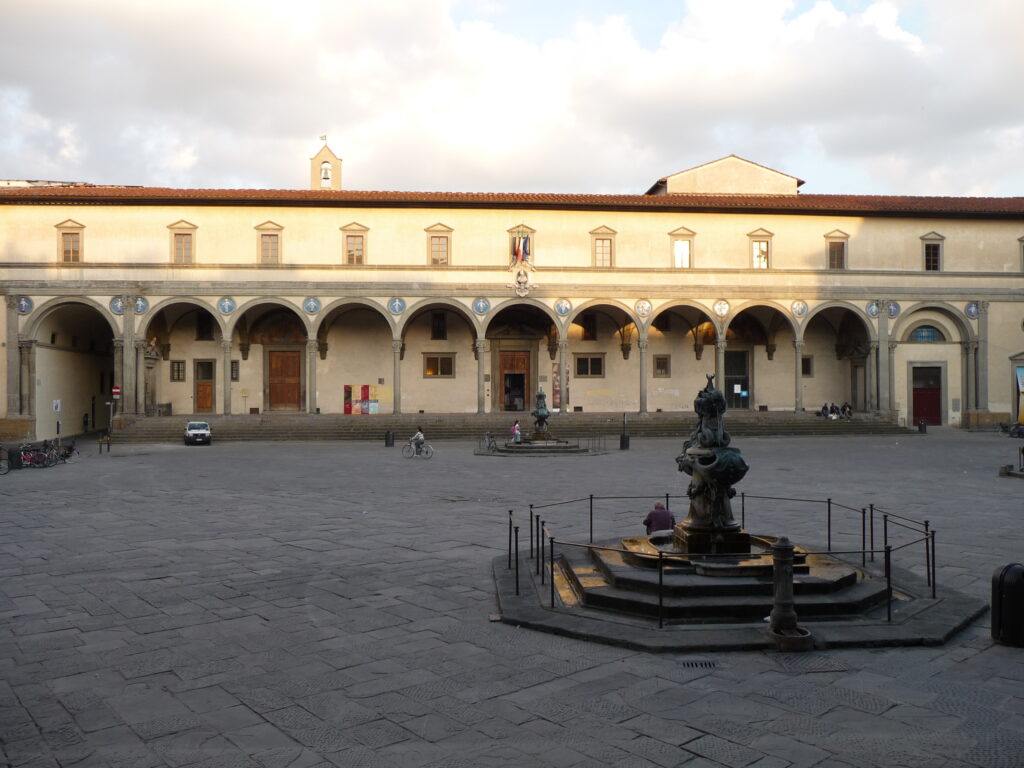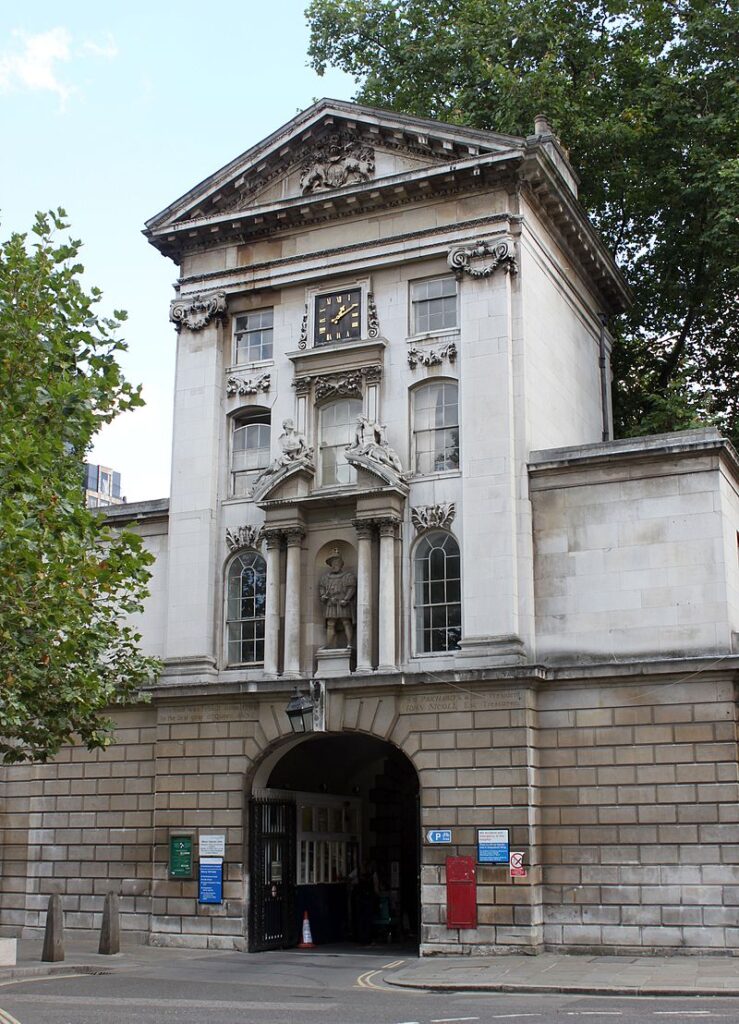Looking to modernize your Hospital, Lab or Clinic?
Hospi is trusted across 25 Indian states for billing, EMR, lab reports, automations & more.
Hospitals have been around for centuries, and many of the oldest hospitals in the world continue to operate today. These institutions have a rich history and have played a significant role in shaping healthcare as we know it. In this article, we will explore the top 10 oldest hospitals in the world.
Hôtel-Dieu de Paris – Paris, France (651 AD)

Name look like hotel ? No, its hospital :). The Hôtel-Dieu de Paris is the oldest hospital in the world, founded in 651 AD. It was originally established as a shelter for the poor and sick and has since become one of the largest hospitals in France.
San Giovanni Addolorata Hospital – Rome, Italy (1188 AD)

The San Giovanni Addolorata Hospital in Rome was founded in 1188 AD and is one of the oldest hospitals in Italy. It was initially established as a monastery hospital and has since evolved into a modern medical facility.
Ospedale degli Innocenti – Florence, Italy (1410 AD)

https://www.istitutodeglinnocenti.it/it
The Ospedale degli Innocenti in Florence was founded in 1410 AD and was the first hospital in Italy to care for abandoned children. It is still in operation today and serves as a museum and cultural center.
St. Bartholomew’s Hospital – London, England (1123 AD)

St. Bartholomew’s Hospital in London was founded in 1123 AD and is the oldest hospital in England still in operation. It has a long history of medical innovation and was the site of many medical breakthroughs, including the discovery of penicillin.
Ospedale di Santa Maria Nuova – Florence, Italy (1288 AD)
The Ospedale di Santa Maria Nuova in Florence was founded in 1288 AD and is one of the oldest hospitals in Italy. It has a rich history of medical innovation and was one of the first hospitals to establish a school of nursing.
Ruperto Carola University Hospital – Heidelberg, Germany (1386 AD)
The Ruperto Carola University Hospital in Heidelberg was founded in 1386 AD and is one of the oldest hospitals in Germany. It is part of the Heidelberg University Hospital and is renowned for its advanced medical research and treatment.
Hospital Real de Santiago – Granada, Spain (1492 AD)
The Hospital Real de Santiago in Granada was founded in 1492 AD and is one of the oldest hospitals in Spain. It was established to provide medical care for the poor and has since become a center for medical education and research.
Hotel-Dieu de Montreal – Montreal, Canada (1645 AD)
The Hotel-Dieu de Montreal was founded in 1645 AD and is one of the oldest hospitals in North America. It was initially established to care for the sick and poor and has since evolved into a modern medical facility.
Massachusetts General Hospital – Boston, USA (1811 AD)
The Massachusetts General Hospital in Boston was founded in 1811 AD and is one of the oldest hospitals in the United States. It is a teaching hospital affiliated with Harvard Medical School and is renowned for its research and innovation.
St. Mary’s Hospital – London, England (1845 AD)
St. Mary’s Hospital in London was founded in 1845 AD and is one of the oldest hospitals in the United Kingdom. It is a teaching hospital affiliated with Imperial College London and is known for its research and innovation.
In conclusion, these hospitals have a rich history and have played a significant role in shaping healthcare as we know it today. They continue to provide vital medical care and contribute to the advancement of medical knowledge and technology.
FAQs FOR TOP 10 OLDEST HOSPITALS IN THE WORLD
Q: Can I find more information about these hospitals?
Q: Are these hospitals known for any specific medical specialties?
Q: Are these hospitals still open for public medical treatment?
Q: Can visitors tour these hospitals?
Q: Are these hospitals still operational?
Q: What makes these hospitals historically significant?
Q: Which is the oldest hospital in the world?
Q: What was the purpose of the first hospitals?
Q: Do these hospitals still use traditional medical practices?
Q: Are any of these hospitals UNESCO World Heritage Sites?
Q: Which civilizations founded the first hospitals?
Q: Were these hospitals free for patients in ancient times?
Q: What kind of medical facilities did ancient hospitals have?
Q: Are any of these hospitals associated with famous doctors?
Q: How have these hospitals contributed to medical research?
Q: Do any of these hospitals offer medical education?
Q: What challenges did these hospitals face throughout history?
Q: Are these hospitals recognized for their architectural value?
To read some more articles like this, Visit this site: https://hospi.info/blog/
Want a quick walkthrough of Hospi?
We offer gentle, no-pressure demos for hospitals, labs & clinics.
Or call us directly: +91 8179508852


